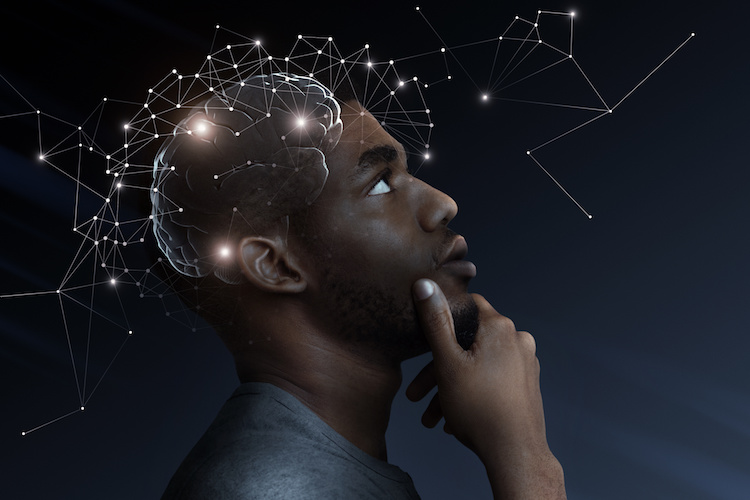Job success requires strong hard and technical skills, and strong interpersonal and people (or soft) skills. Hard and technical skills training involves imparting information, knowledge, facts and figures on a learner. Training an employee on the rules and regulations of appropriate conduct, how to use a new software program, or the technical and mathematical skills needed to conduct data science are examples. Interpersonal and people skills involve a deep understanding of another’s perspective (e.g., empathy) and of how our actions are interpreted by and affect others. How to communicate and collaborate effectively and how to lead are examples.
Research by the Carnegie Foundation for the Advancement of Teaching suggests that 85 percent of job success comes from having strong people skills, with only 15 percent coming from technical skills and hard skills. With the rapid rate of change in the workplace associated with digital transformation, people skills are becoming even more important. Therefore, effective people skills training is a must to keep organizations and their employees competitive.
It’s no secret that microlearning is popular in L&D these days. From a neuroscience of learning perspective, microlearning techniques are targeted at working memory, executive attention and attention span and lead to effective processing in the cognitive skills learning system. The cognitive skills learning system in the brain recruits the prefrontal cortex, a region of cortex directly behind the forehead that mediates the learning of hard and technical skills. Thus, microlearning can be highly effective at training hard and technical skills.
Interpersonal and people skills are much more nuanced and complex. They require not only a cognitive understanding, but an emotional understanding of ourselves, and how we are interpreted by and affect others. They are about behavior: what we do, how we do it and our intent. To train people skills one must engage more than cognitive centers with microlearning — one must also engage emotional and behavioral learning centers.
The neuroscience is clear in showing that behavior change is optimized when the behavioral learning system is directly engaged. This happens when learners are in scenarios in which they elicit behaviors that are followed in real time (literally within milliseconds) by corrective feedback. Unfortunately, e-learning platforms are not conducive to real-time interactive behavioral feedback.
Although behavioral learning centers are hard to engage effectively at scale, when done right, emotional learning centers can be effectively engaged with scenario-based storytelling using video or animation. The more emotional systems are engaged, the more the learner is drawn in, and the more they see themselves in the training. Rather than directly engaging the behavioral system through behavior training, scenario-based storytelling engages the emotional learning centers that then indirectly engage behavioral learning centers.
The behavioral engagement levels are smaller in magnitude, but high-quality scenarios prime the learner for behavior change, and when combined with targeted practice for learners following scenario-based training, they can help employees understand how to do the right thing from a people skills perspective.
If your organization is considering a people skills training solution, a few considerations are in order. If it is critical that you target behavior change directly, then consider virtual reality people skills training solutions. If VR is outside your budget, look for a vendor with a high-quality and highly engaging scenario-based microlearning approach to people skills training. The quality of scenarios varies greatly across vendors, and a discussion with a vendor’s clients will be informative.
In addition, demo the scenarios yourself and have others on your team demo the solution. This may not be the most objective approach, but it is still a useful exercise. Ask whether targeted and well-defined practice for learners is part of the offering. Scenario-based storytelling can prime the learner for behavior change, but targeted practice can develop people skills behaviors. If a specific aspect of behavior change is critical to your organization, such as effective leadership or sales coaching, then explore offerings that combine broad-based people skills training through e-learning with VR training.















